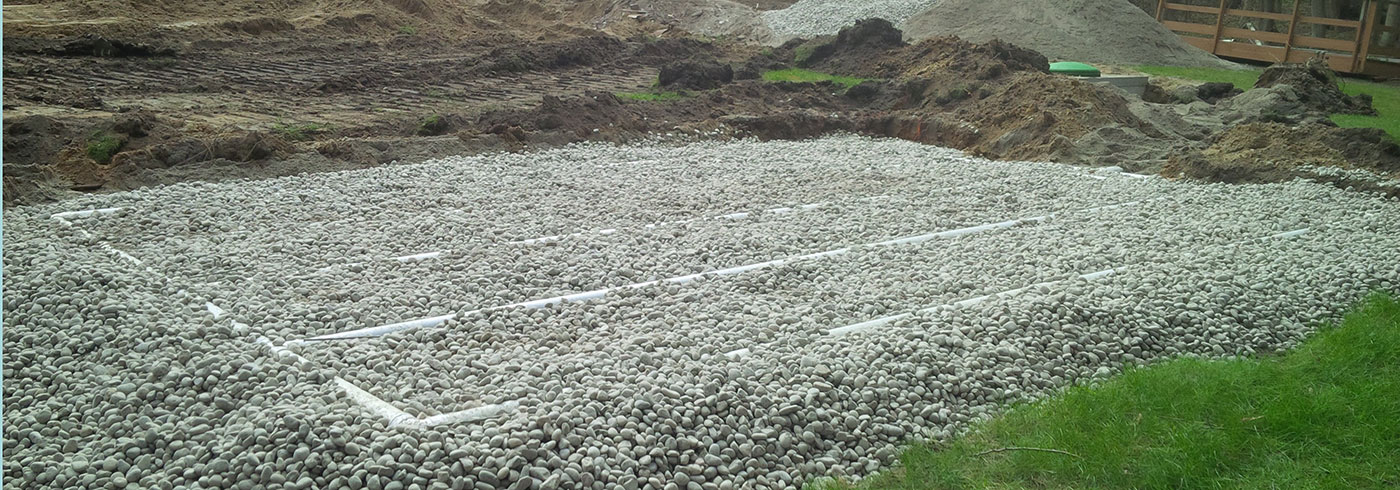
Sewage and Septic Systems
Notice of service disruption
There will be a scheduled service disruption at the Health Department office located at 101 Consumers Drive, Whitby. Due to ongoing renovations, all Health Department services, including in-person submissions for applications, fees and septic search requests will not be available at this location until further notice.
- Where: 101 Consumers Drive, Whitby
- When: July 26, 2024 at 10 a.m. until further notice
In-person services will continue to be available from Monday to Friday, 8:30 a.m. to 4:30 p.m. at our north office located at 181 Perry Street, Port Perry (2nd floor).
Read our notice of service disruption for further information.
Building permits for sewage systems and building addition applications
Durham Region Health Department is responsible for approving the design and building of private sewage systems in Durham Region. The City of Oshawa is an exception.
| Septic permit applications | ||||||||||||||||||
|
Applications and checklist
The application can be used to get a permit for:
Is your application complete? Consult our building permit application checklist. You must complete both applications below: Property roll numbers must be filled out on all applications. Submission and payment options
Employee safety is the Region’s top priority Please ensure sites are cleared of any hazards or obstacles so our inspectors can complete the required inspections safely. If our inspectors are unable to access the site safely a follow-up inspection will be booked when the site is cleared. Unsafe conditions may include, but are not limited to:
Additional resources
|
||||||||||||||||||
| Building addition applications | ||||||||||||||||||
|
Use the building addition application form when a building department asks for our comments when you are applying for an addition to your home or for a new structure on your property (e.g. garage, pool). Property roll numbers must be filled out on all applications. See our application submission options Please note that applications submitted without the applicable payment will not be processed. Additional resources
|
||||||||||||||||||
| Application submission options | ||||||||||||||||||
|
||||||||||||||||||
| Payment options | ||||||||||||||||||
|
||||||||||||||||||
| Requesting septic system records | ||||||||||||||||||
|
Our Health Protection Division holds the septic system records for all municipalities except for the City of Oshawa.
Who can access septic system records
Requests must include the following:
Additional helpful information could include:
|
||||||||||||||||||
| Client consent for electronic communication | ||||||||||||||||||
|
Durham Region Health Department recognizes that the use of email is a commonly used and preferred form of communication. By using email communication, you acknowledge and understand that:
|
Additional resources and information
|
Types of sewage systems |
||||||||||||||||||||||||
|
There are five different kinds of sewage systems.
|
||||||||||||||||||||||||
| Maintenance Inspection Program (Lake Simcoe) | ||||||||||||||||||||||||
Frequently asked questions
For further information contact us at 1-866-845-1868 ext 4939. |
||||||||||||||||||||||||
| Helpful resources | ||||||||||||||||||||||||
|
COVID-19 and your septic system |
||||||||||||||||||||||||
Follow these tips to help reduce the stress on your septic system:
This is also a good time to inspect the sewage system and make changes on your property that will help prolong the life of your sewage system.
|
Contact Us




